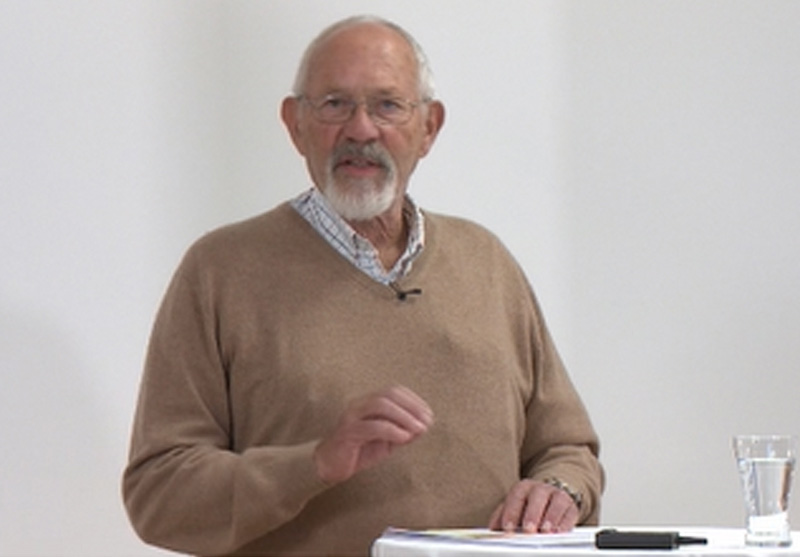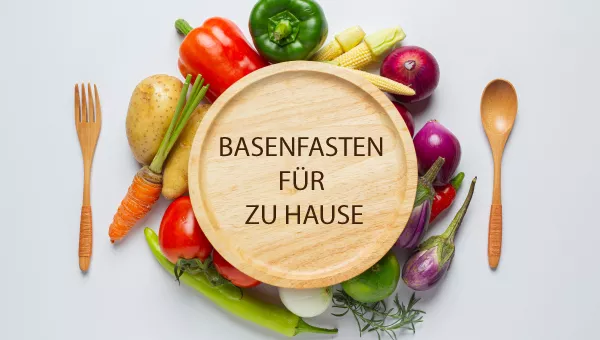15/08/2023
Environmental toxins and health: glyphosate, chlorpyrifos, bisphenol A

Are we protected by regulations?
Nutritional deficiencies and environmental toxins are not the only things that can make you ill. The Kiel environmental toxicologist Dr rer. nat. Hermann Kruse deals with for years with possible consequences for our health. In this article, you will learn about the risks posed by pollutants, how limit values are set, how well they protect our health, and what we can do to protect ourselves. (1)
Residues of pesticides can be detected in many types of fruit and vegetables . Although they usually remain below the permissible values, there are Exceptions. For example, (non-representative) studies from Schleswig-Holstein that some plant-based foods even fulfil the limits for pesticides and therefore can no longer be placed on the market. market. At 5 to 7 %, this share was highest for fruit and vegetables. Vegetable preparations for infants and young children. Particularly common Wine, pineapples, strawberries, peaches and peaches are contaminated with pesticides. Nectarines, raspberries, apples, lettuce, tomatoes, Brussels sprouts, plums, Spinach and avocado Pesticides were found in more than half of the samples, in white wine it was almost 90% of all samples! (2)
It is impossible to completely avoid stress, but we can reduce it.

Glyphosate
We mainly ingest the highly controversial weedkiller glyphosate via cereals, but it also enters our food chain via animal feed (cereal straw). In some countries, it is still common practice to spray glyphosate before the harvest to make harvesting easier. This is banned in Germany and Austria. Therefore Kruse's clear tip: "Favour local products."
Limit values - deceptive safety
Contrary to what one might think, the limit values for pesticide residues are not necessarily toxicologically based, i.e. they do not necessarily depend on their toxicity. Rather, in addition to toxicology, the amount consumed and experience from "good agricultural practice" are also taken into account when setting limit values. This takes into account, for example, how well farmers can avoid using a pesticide. In addition, the maximum quantity for substances without a specific limit value is set at a standardised 0.01 mg/kg - regardless of how harmful they are to humans and the environment.
But what happens when - as in most cases - several pesticides occur together in one food? The problem is that the effects of the different substances cannot simply be added together, as they can also reinforce each other. Experts then speak of a synergistic-exponential or over-additive effect. "This problem has still not been solved," says Kruse.Questionable authorisation of chlorpyrifos
Chlorpyrifos, which is probably known to many as an agent against ants and other insects, was authorised by the EU until 2020. An extension is currently being considered, which Kruse considers irresponsible. Why?
Chlorpyrifos inhibits the enzyme acetylcholinesterase, which plays an important role in the transmission of stimuli in our nerves. Chlorpyrifos is therefore a neurotoxin. Nevertheless, strictly confidential data from the manufacturer Dow Chemical concludes that there is no evidence of neurotoxic effects. Researchers who were able to gain access to the data on the basis of the Swedish Freedom of Information Act came to a different conclusion. According to them, even very low doses in animal experiments cause clear brain damage. In addition, epidemiological studies provide evidence of a nerve-damaging effect of chlorpyrifos in humans. Results that Kruse can only confirm on the basis of a very large study in day-care centres. The US Environmental Protection Agency (US EPA) also has doubts about the alleged safety of chlorpyrifos and spoke of data manipulation as early as 2000.
Data from 2016 shows just how explosive the issue is: of 16,000 fruit samples analysed in Germany, 4% were significantly contaminated with chlorpyrifos and contained more than the legal limit of 10 µg/kg!
Risky plasticiser: bisphenol A
The fact that scepticism is appropriate in industry studies is also shown by Reviews (meta-studies) on bisphenol A (BPA) and the sweetener Aspartame. While a good 90 % of independent studies show health risks all industry studies categorised the two chemicals as harmless. on (3).
Bisphenol A inhibits the immune system in rodents even at very low concentrations and the development of sperm (spermotogenesis) (from 2 µg/kg body weight per day). At the same time, since the 1950s researchers have been observing with concern that the sperm density of men in Germany is significantly decreases. Kruse comments: "One possibility that could play a role here is the could be the BPA." The Federal Environment Agency also warns against the reproductive toxicity of bisphenol A (4).
Results that have apparently also been recognised by the responsible authorities. have shaken people awake: After the value for the tolerable daily intake level (TDI) with regard to liver and kidney toxicity many years at 50 µg/kg bw per day, it was reduced to 4 µg/kg bw per day in 2015. Now the EFSA even postulates a reduction to 0.04 ng/kg body weight per day (5). The new value is about 100,000 times lower than the previous one! For Kruse a sensational event: "This has to do with the fact that slowly leaked out how immunotoxic bisphenol A is and how how strongly it can influence sperm density." This is particularly explosive: The new value is far below our actual average intake, which is estimated at 30 to 70 ng/kg body weight per day. "We are therefore well above the tolerance limit, which I naturally consider to be extremely worrying."
BPA is banned in our country in baby bottles and to a large extent in Thermal paper (receipts). It can still be found in the household, e.g. as an epoxy resin for the interior coating of tin cans and in water boilers. Kruse continues: "Many main water pipes are equipped with lined with epoxy resins and can release BPA." Replacement products such as bisphenol S have not been adequately tested and in some cases there are also Critical notes on this.

Pollutant tips from
Dr Kruse
- Avoid plastics with the identification code 03 PVC and 07 G - even with older household items. This is because bisphenol A can be released from the plastic for life. PET bottles, on the other hand, are generally free from bisphenol A.
- We strongly advise against BPA-containing kettles, as they can get very hot.
- Look out for the "BPA-free" label, because "All products that are suspected of containing bisphenol A, but do not contain any, must be labelled 'BPA-free'", says Kruse.
Literature and references
(1) After a lecture by Dr rer. nat. Hermann Kruse , environmental toxicologist at Kiel University, at the 22nd hoT workshop in Lübeck.
(2) Food Safety Reports 2019 - Monitoring
(3) From Hall FS, Hughes C: An extensive new literature concerning low-dose effects of bisphenol A shows the need for a new risk assessment. Environ Health Perspect 2002, 113 (8), 926-933
(4) Umweltbundesamt zu Bisphenol A, 22.10.2021
(5) EFSA: Bisphenol A: EFSA's draft opinion proposes lowering the tolerable daily intake. 15.12.2021































